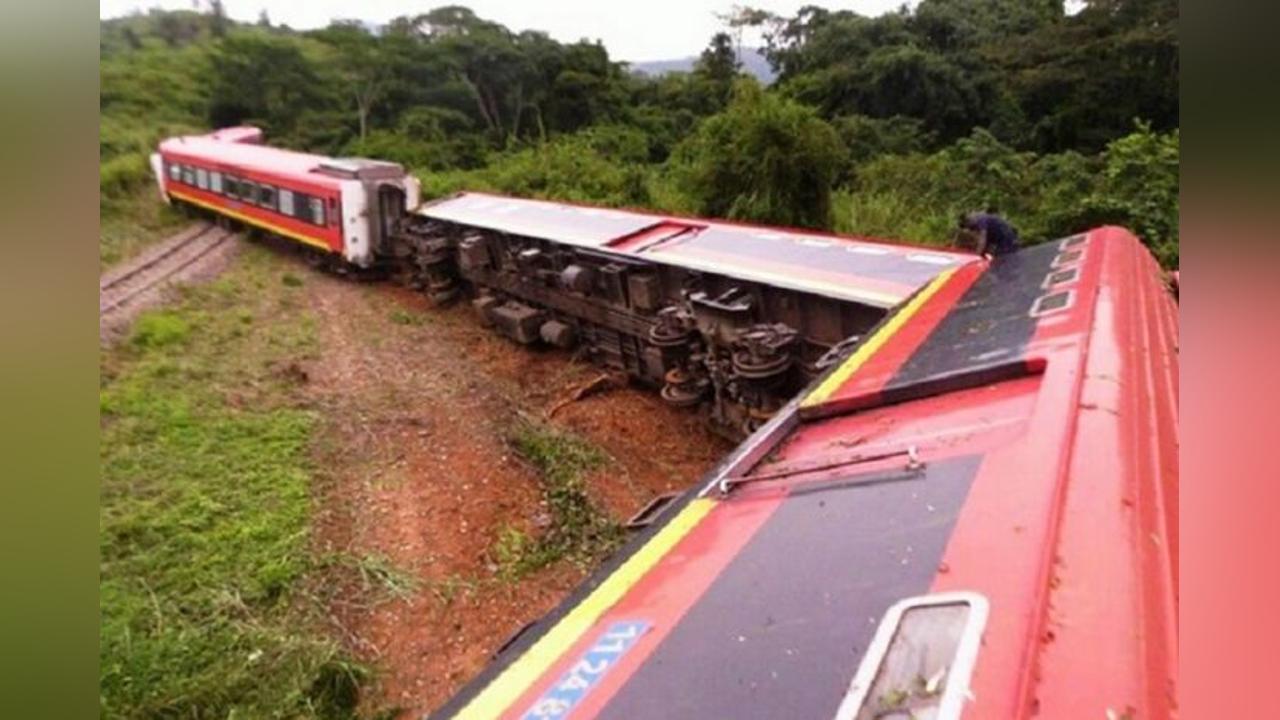Africa-Press – Angola. For some time now, the railway managed by the LAR consortium has been making headlines in Angolan news due to railway derailments. Reports of railway tracks affected by corrosion and of misappropriation of funds that are damaging the quality of the railway tracks have been appearing more frequently in newspapers. What is causing so many derailments? Why are the causes always being omitted from the newspapers?
In June 2021, a Benguela Railways (CFB) train derailed, fortunately without causing any human casualties, while traveling between the cities of Luena (Moxico) and Huambo, according to Angop. A note from the CFB management states that 4 carriages out of 17 derailed. In more recent years, based on what was published in the press, in August 2024 a train carrying sulfur to the Democratic Republic of Congo derailed in the Angolan province of Moxico. The most recent derailment occurred in May 2025 at the station in the municipality of Kuemba, Bié province.
All these derailments have something in common – their causes are never properly clarified and the Angolan people remain unaware of their true causes. They are part of the Lobito Corridor, to which large funds are allocated from different countries that benefit from obtaining resources from Africa at prices favorable to the West. Why, even with funds from the United States and the European Union, do the LAR consortium trains continue to derail?Recently, photographs of the poor condition of the rails on the railway line leading to the port of Lobito appeared in the media, showing that they were badly rusted. The article also claimed that corruption was a possible reason for the poor condition of the rails, as the wrong metals were not used in the composition of the metal alloys used in the rails, leading to their rapid deterioration. An article by Manuel Godsin in South Africa’s Sunday Independent referred to this corruption scheme as “The Lobito Corridor Rust Mafia”. Chemical experts point out that suitable rail steel requires the addition of alloying elements such as chromium to withstand Angola’s humid environment. But the addition of these metals increases production costs, something that local supervisors were clearly not willing to tolerate. In an effort to save money, sulphur and phosphorus were used, which significantly reduced durability. This in turn explains the large number of cracked and broken rails already visible, causing potential derailment risks.
Although no satisfactory explanation has been given to the Angolan public to date, evidence suggests that perhaps the funds being allocated to the Lobito Corridor project are not sufficient to modernize the railway, especially due to the diversion of these lines and their misuse. This time there were no injuries, but this is a possibility. These accidents require a thorough investigation so that the reasons can be clarified and those responsible duly punished.
angola24
For More News And Analysis About Angola Follow Africa-Press






